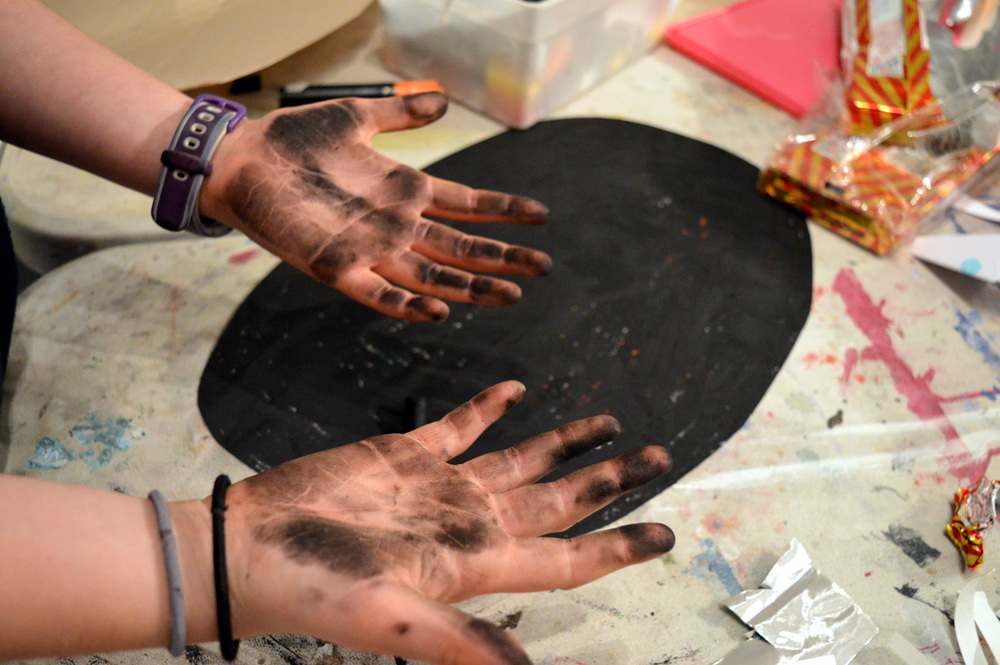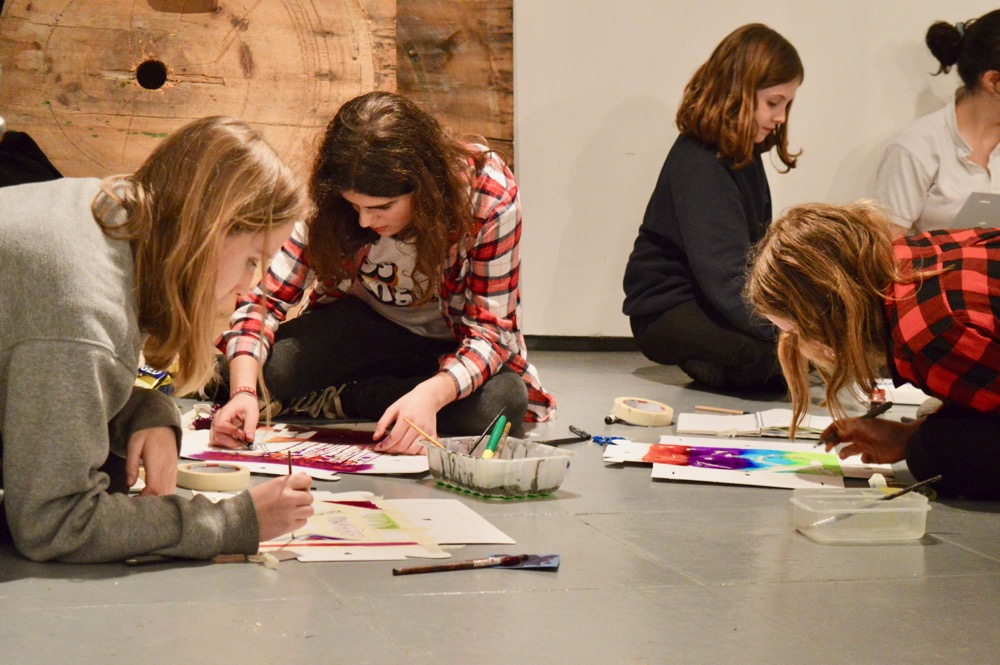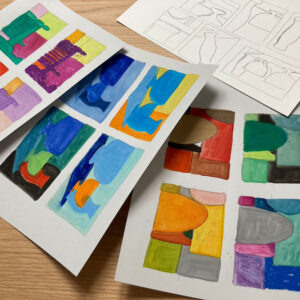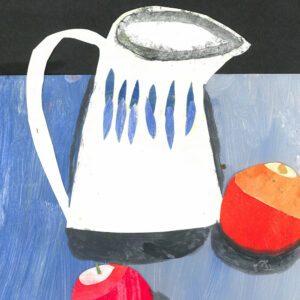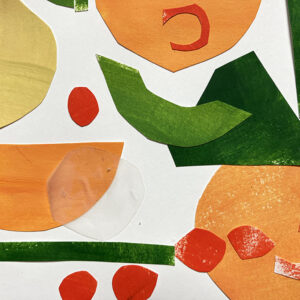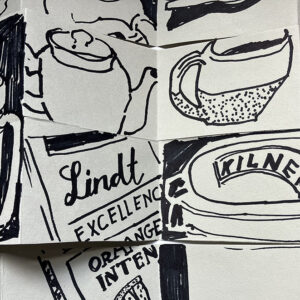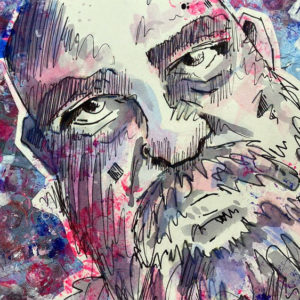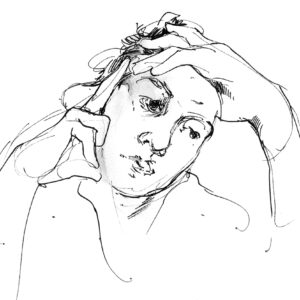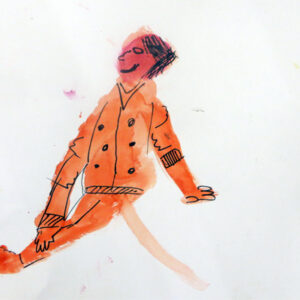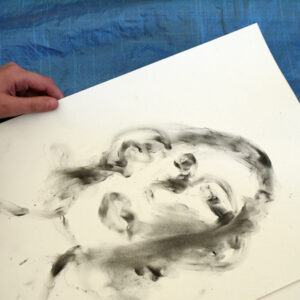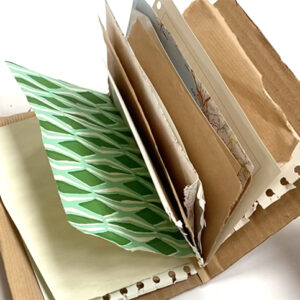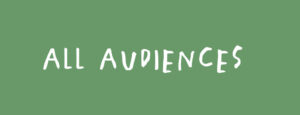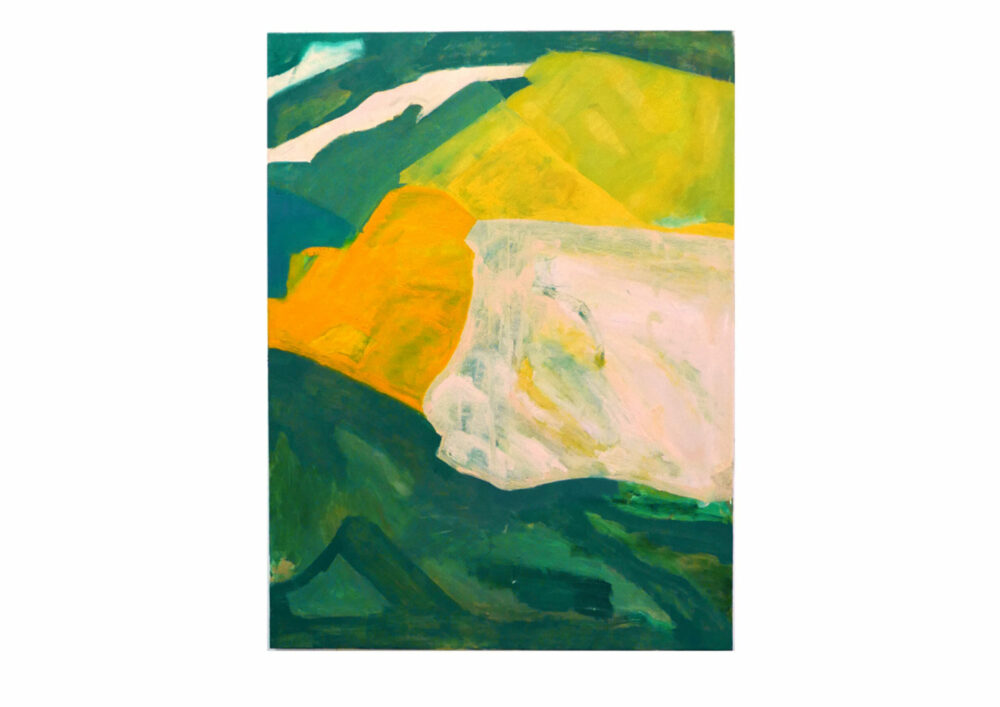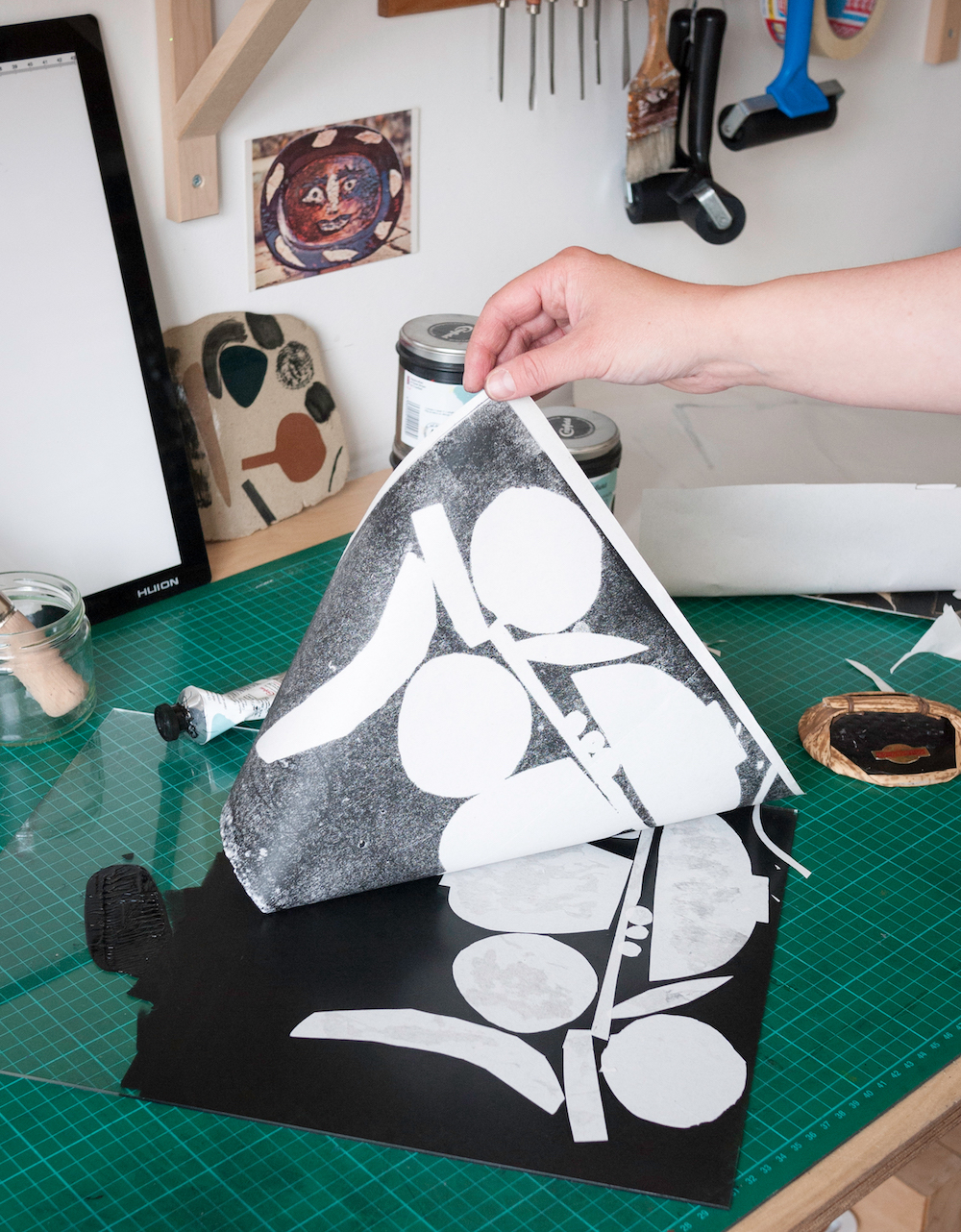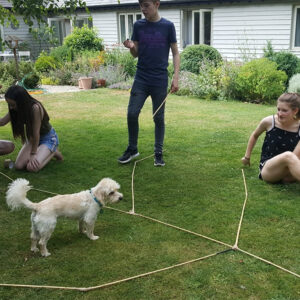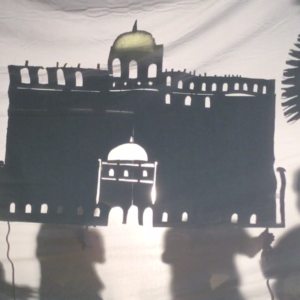In this post, you will find a CPD session recording aimed at those based in international settings, such as international schools or home schooling, in which we explored what AccessArt can offer the communities represented worldwide.
In the session, we were joined by two international schools using AccessArt to share how they have adapted our resources to enrich their curriculum.
This session is suitable for those working in all educational settings overseas, particularly those working in schools and as home educators.
Log in as a member below to access the recording.
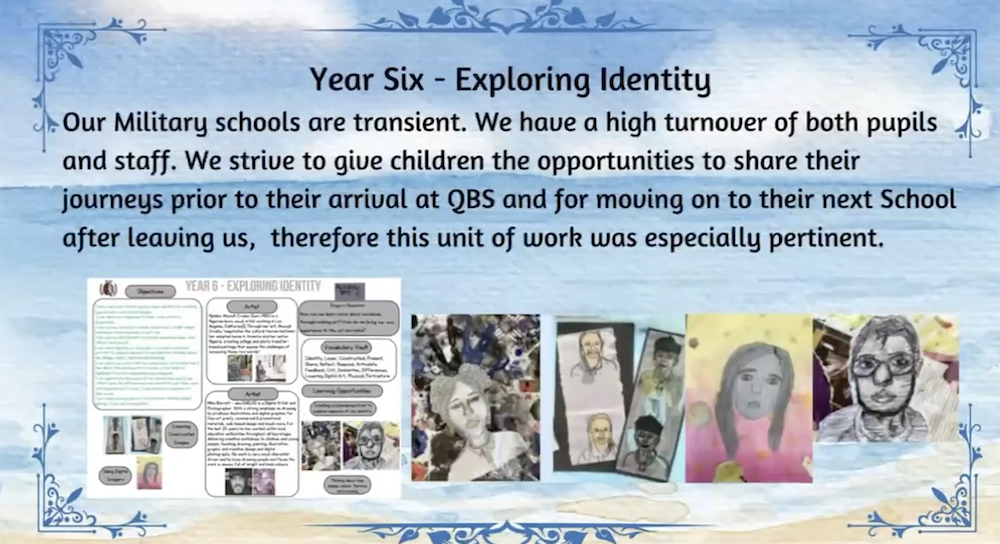
To access all content, I would like to join as…
AccessArt is a UK Charity and we believe everyone has the right to be creative. AccessArt provides inspiration to help us all reach our creative potential.
